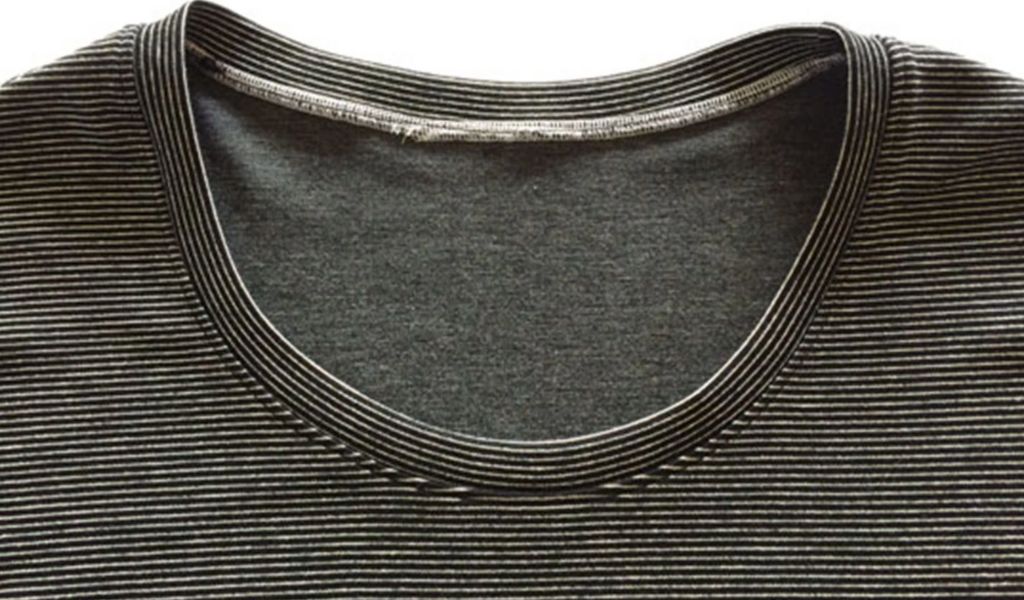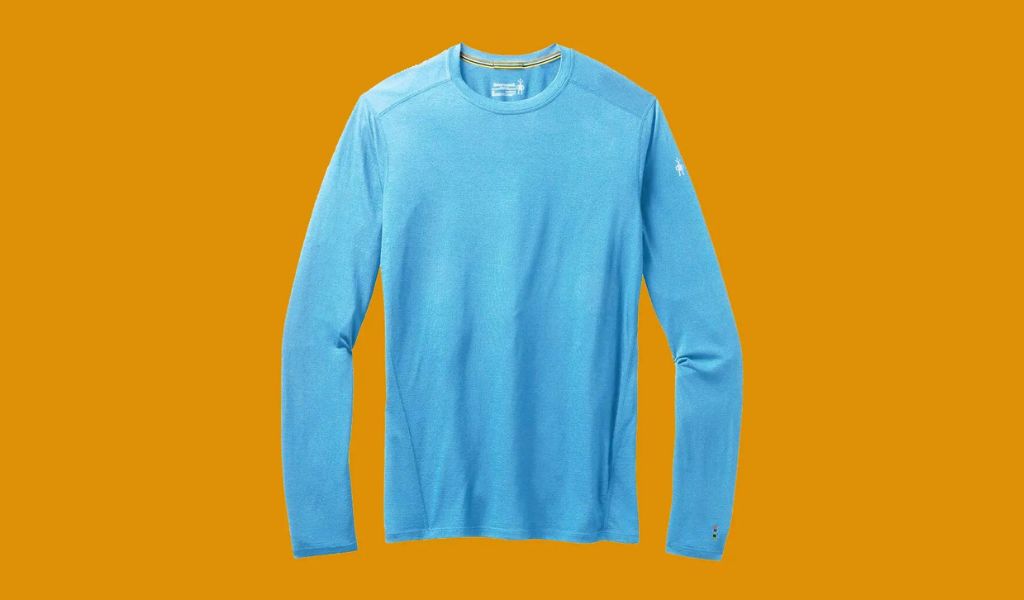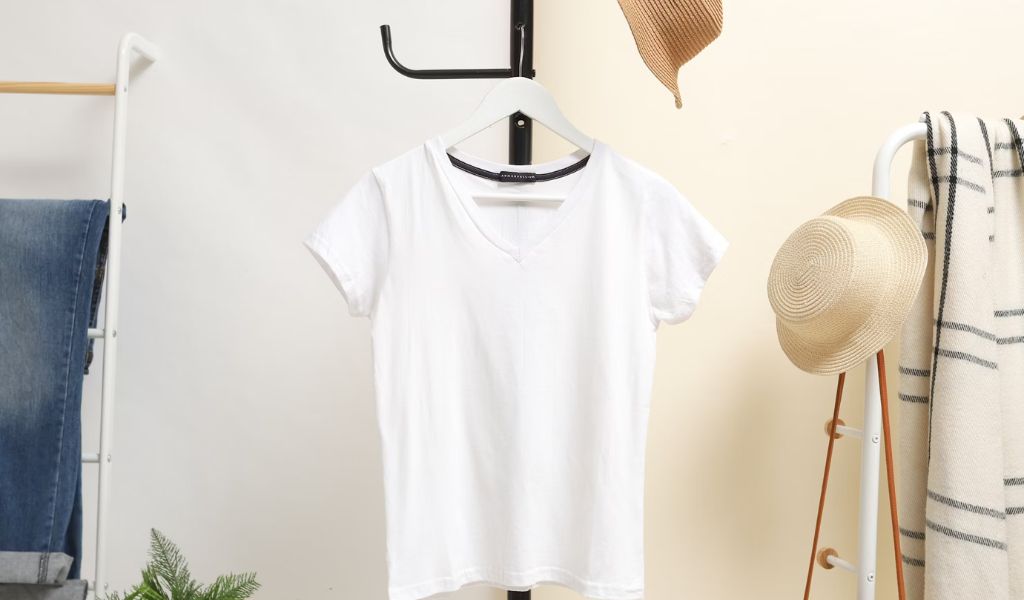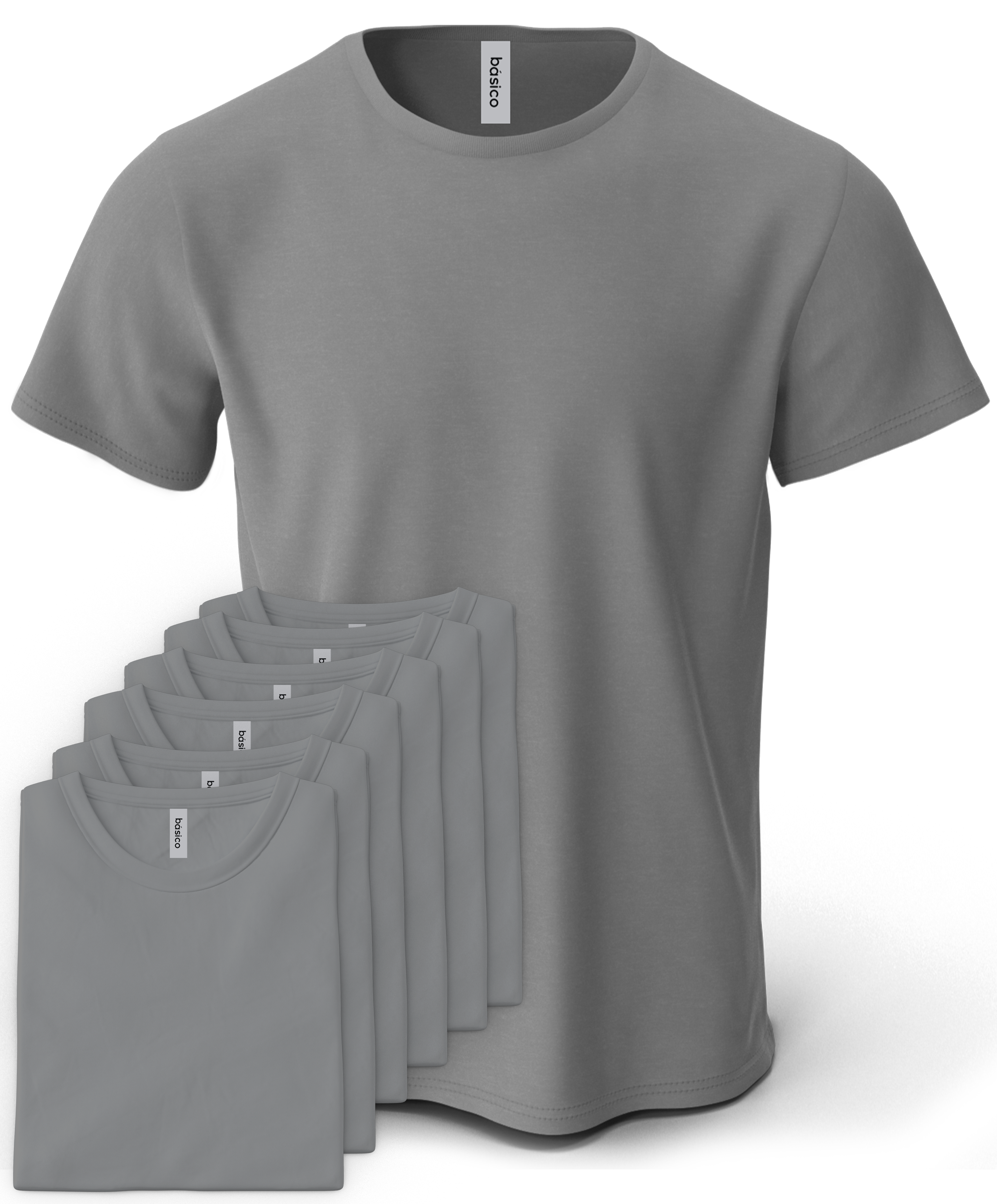
Is DTF Printing Profitable

Many people have viewed Direct-to Film (DTF), a relatively recent innovation in digital printing, as a lucrative venture. The DTF printer prints designs on a film, which is then transferred to the garment by a heat press. This printing technique can be used in many different applications, such as printing T-shirts and other apparel.
When analyzing production costs and market demands, is DTF printing profitable enough to warrant investment over other printing techniques for custom garment production? DTF printing is a more cost-effective and efficient printing method for small-batch custom garment production than other printing techniques. However, it is important to consider the production costs of the printer and other supplies, as well as the market demand for the products. Ultimately, the decision to invest in DTF printing should be based on the economic viability of the product.
DTF prints are comparable in quality to embroidery, and can be used on a variety of materials including polyester. It does not require special preparation. DTF printing is also less time-consuming, and therefore more cost-effective, than traditional DTG. This makes it a good business decision. Profitability allows businesses to reach more customers and expand their product line.
The Business Case For DTF Printing Is DTF Printing Profitable?

Direct to Film Printing, or DTF, is a relatively recent technique for garment decoration. It produces stunning prints at a very low cost. DTF printing is a newer method of printing that allows high-quality prints to be made directly on fabrics. It uses a special printer and film. This process is popular because of its versatility, ability to produce vibrant colors and intricate designs. Is DTF printing profitable for businesses aiming to produce smaller batches of custom-designed apparel with intricate artwork? Yes, DTF printing can be very profitable for businesses that produce smaller batches of custom-designed apparel with intricate artwork. This is because DTF printing can produce very high-quality prints with intricate artwork in less time than traditional printing methods. Additionally, it is more cost-effective as it requires less material and resources.
This printing method has the advantage of being compatible with a wide range of fabrics. DTF adheres to virtually any surface, including wood, metal, and blends of materials like cotton and polyester. DTF can be customized in a variety of industries, from sportswear and fashion to home decor and promotional products.
The Basics of DTF printing (Including T-Shirt Business And DTF Transfers)
Direct-to film printing is a relatively innovative and new technique in digital printing. The process involves the transfer of designs onto a special foil, which is then heated and pressed to various fabrics. This method has several advantages compared to traditional printing methods such as screen printing or sublimation.
The versatility of DTF is one of its key advantages. DTF is not limited to a few materials, or requires additional steps on different surfaces. It can be applied to a variety of fabrics without major modifications. It is therefore a great option for companies looking to customize products in multiple industries.
DTF Printing: Its Advantages
DTF printing is a popular choice amongst many individuals and businesses. DTF printing offers a wide range of possibilities. You can print on a variety of fabrics including cotton, blends, and polyester. This flexibility allows you to create unique designs using different materials.
DTF printing also provides excellent detail and color reproduction. Direct-to-film transfers ensure that vibrant colors are transferred to the fabric, producing high-quality prints and intricate details. DTF printing is ideal for creating visually appealing garments and promotional items with precise graphics.
DTF printing also has the advantage of being durable. This process uses ink that bonds strongly with fabric fibers when heat is applied. The prints will last even after several washes. DTF prints are more durable than traditional screen printing methods, where the ink can crack or fade with time.
The Disadvantages Of DTF printing

DTF printing has many advantages but also some drawbacks. DTF printing is more complex than traditional methods such as screen printing and heat transfer vinyl. It requires special software and specialized equipment.
In the process, both adhesive powder and water-based ink are used. If not disposed of properly, these chemicals can be released into the environment. Since most DTF printers use high temperatures to cure prints, the energy consumption is higher than other methods.
Explore The Market For DTF Printing
Considering its versatility and suitability for intricate designs, is DTF printing profitable for companies aiming to offer personalized and vibrant textile products? Direct-to-film (DTF) printing has become increasingly popular in recent years. This innovative technique produces high-quality prints onto a wide range of materials including fabrics and surfaces. When we examine the DTF market, it is clear that this method has unique advantages which set it apart.
The Demand For DTF Printed Products
In the realm of textile manufacturing, is DTF printing profitable when compared to traditional printing methods for smaller, specialized orders? DTF printing is a growing industry. The versatility of DTF printing is one of the reasons for this increase in demand. This flexibility offers endless possibilities to businesses and individuals who want to create personalized and unique products.
Prices For DTF Printing Services
There are a number of factors to consider when determining the price for DTF printing. The cost of the materials is a major factor in determining price. DTF printing is dependent on specific inks and transfer films that can differ in price and quality. Businesses should carefully weigh their options to find the right balance between cost effectiveness and print quality.
Compare DTF Printing To Other Printing Methods: DTG & Screen Printing
Before deciding on the best method for you, it is important to compare DTF printing with other printing methods.
The versatility of DTF over other methods like screen printing or heat transfers is a major advantage. DTF printing allows you to print on many different materials, including cotton, nylon, polyester and leather. This flexibility allows companies to cater to various customer preferences and offer a wide range of products.
When comparing DTF with other printing methods, it is important to consider the level of color vibrancy and detail that can be achieved. DTF prints are sharp and vibrant even after several washes, unlike screen printing which can fade or blend colors over time. It is the perfect choice for intricate photographs or designs that require fine detail.

Conclusion
In conclusion, is DTF printing profitable? The profitability of DTF (Direct-to-Fabric) printing depends on various elements such as order volume, design intricacy, fabric type, and market positioning. For businesses aiming to cater to smaller or custom orders requiring vibrant and detailed designs, DTF printing can offer cost-effectiveness due to lower setup costs and its ability to accommodate personalized designs efficiently.
However, its profitability is contingent on assessing factors like production costs, quality standards, market demand, and competition within the industry. Determining the profitability of DTF printing necessitates a comprehensive evaluation of these variables to ascertain whether it aligns with the specific goals and requirements of individual businesses in the textile and apparel sector.














